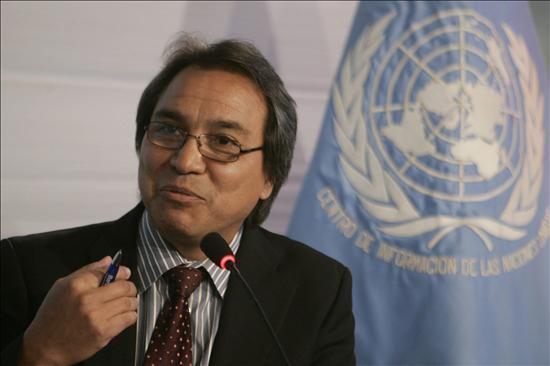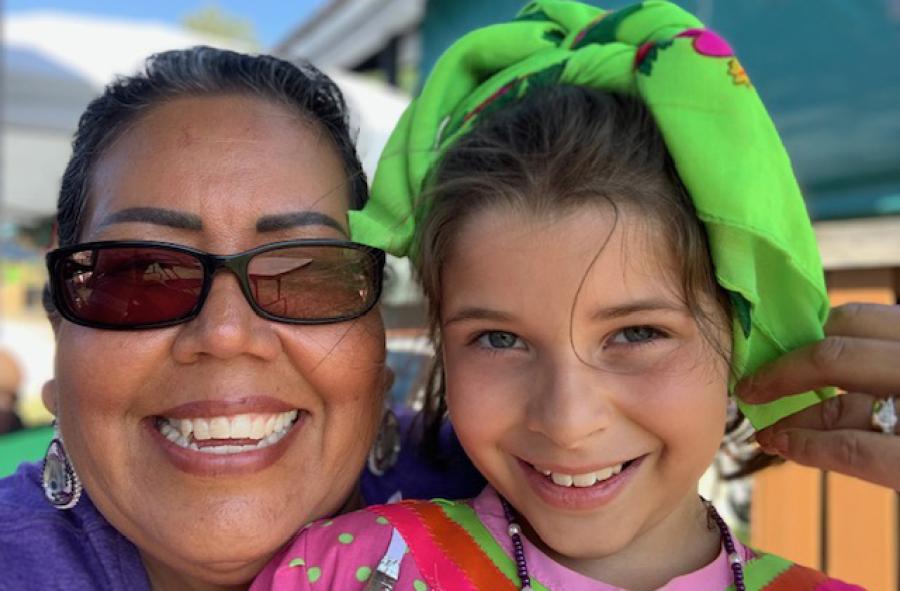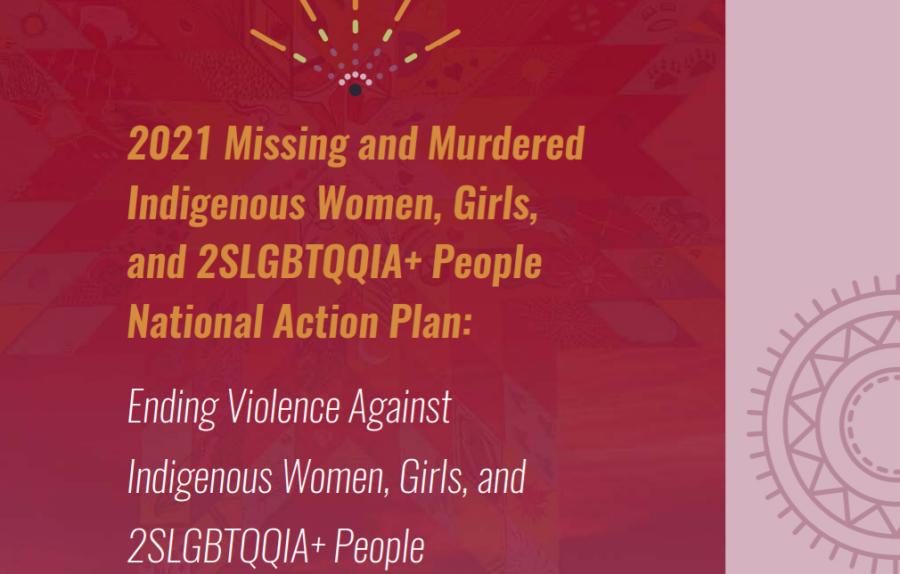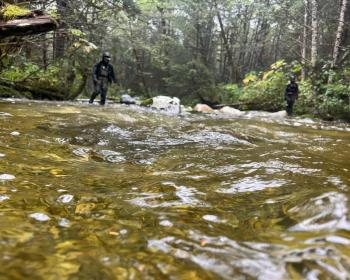
On October 15, 2013, James Anaya, United Nations Special Rapporteur on the Rights of Indigenous Peoples, concluded an eight-day trip to Canada. During the trip, Anaya visited several locations, meeting with government officials and First Nations with the intention of examining the human rights of Canada’s Indigenous population. Summarizing the findings of his trip, Anaya had tough words for the Canadian government in a statement published on October 15.
“From all I have learned, I can only conclude that Canada faces a crisis when it comes to the situation of indigenous peoples of the country. The well-being gap between aboriginal and non-aboriginal people in Canada has not narrowed over the last several years, treaty and aboriginals claims remain persistently unresolved, and overall there appear to be high levels of distrust among aboriginal peoples toward government at both the federal and provincial levels."
Canada ranks high among other nations with regards to development, education, and income levels. "Yet amidst this wealth and prosperity," Anaya notes, "aboriginal people live in conditions akin to those in countries that rank much lower and in which poverty abounds. At least one in five aboriginal Canadians live in homes in need of serious repair, which are often also overcrowded and contaminated with mould. The suicide rate among Inuit and First Nations youth on reserve, at more than five times greater than other Canadians, is alarming. One community I visited has suffered a suicide every six weeks since the start of this year. Aboriginal women are eight times more likely to be murdered than non-indigenous women and indigenous peoples face disproportionately high incarceration rates. For over a decade, the Auditor General has repeatedly highlighted significant funding disparities between on-reserve services and those available to other Canadians. The Canadian Human Rights Commission has consistently said that the conditions of aboriginal peoples make for the most serious human rights problem in Canada.”
Still, Anaya acknowledges Canada’s recent focus on such issues with its Indigenous peoples, highlighting the steps the government has taken to redress such problems. Particularly, Anaya notes action taken toward the goal of reconciliation with the 2008 government apology for the boarding school practices of the last century and the creation of the Truth and Reconciliation Commission. These are amount to steps in the right direction, but are not enough, according to Anaya.
"These steps are insufficient, and have yet to fully respond to aboriginal peoples’ urgent needs, fully protect their aboriginal and treaty rights, or to secure relationships based on mutual trust and common purpose. Aboriginal peoples’ concerns and well-being merit higher priority at all levels and within all branches of Government, and across all departments. Concerted measures, based on mutual understanding and real partnership with aboriginal peoples, through their own representative institutions, are vital to the long-term resolution of these issues.”
During his trip to Canada, Anaya met with many Indigenous peoples to hear their concerns. While there exist many disparities, Anaya notes one truly chilling aspect in particular. Indigenous women are significantly more prone than non-Indigenous women to be murdered or simply become "missing". Beyond this alarming detail, the investigations for cases involving missing Indigenous have a much lower rate of resolution. Again, Anaya points to what is being done by the government before stating how it is not enough.
“Certainly, both federal and provincial governments have taken steps targeted at addressing various aspects of this issue. Yet over the past several days, in all of the places I have visited, I have heard from aboriginal peoples a widespread lack of confidence in the effectiveness of those measures. I have heard a consistent call for a national level inquiry into the extent of the problem and appropriate solutions moving forward with the participation of victims’ families and others deeply affected. I concur that a comprehensive and nation-wide inquiry into the issue could help ensure a coordinated response and the opportunity for the loved ones of victims to be heard, and would demonstrate a responsiveness to the concerns raised by the families and communities affected by this epidemic.”
One aspect that brings both Indigenous and non-Indigenous communities together is the prospect of focusing on educational outcomes. Particularly, the Canadian government has focused on developing standards under the First Nations Education Act. While Anaya agrees that the values of this legislation are well-founded, he also highly urges the Canadian government to push for a greater level of dialog, citing a evident level of mistrust among Indigenous peoples regarding the government's intentions.
"I urge the Government not to rush forward with [the First Nations Education Act], but to re-initiate discussions with aboriginal leaders to develop a process, and ultimately a bill, that addresses aboriginal concerns and incorporates aboriginal viewpoints on this fundamental issue. An equally important measure for improving educational outcomes, and one that could be implemented relatively quickly, is to ensure that funding delivered to aboriginal authorities for education per student is at least equivalent to that available in the provincial educational systems."
Commenting more generally, Anaya notes the need for improved communication between Canada and Indigenous peoples in order to facilitate consensus-building. "More generally, greater efforts are needed to improve avenues of communication between Canada and aboriginal peoples to build consensus on the path forward. In all my meetings with aboriginal leaders and community members it was evident that there is a significant level of discontent with the state of relations with federal and provincial authorities, as well as a widely held perception that legislative and other decisions over multiple matters of concern to them are being taken without adequate consultation or consideration of their inherent and treaty rights. I urge the federal Government especially to work with aboriginal peoples, through their representative institutions and authorities, to overcome this condition of mistrust. As with the Education Act initiative mentioned earlier, unless legislative and other government actions that directly affect indigenous peoples’ rights and interests are made with their meaningful participation, those actions will lack legitimacy and are likely to be ineffective."
Continuing, Anaya illuminates the necessary path forward. He shows that is critical to arrive at a common understanding regarding the objectives to move forward. These should be based on the United Nations Declaration of the Rights of Indigenous Peoples, —which was endorsed by the country in 2010.
"I was pleased to hear, throughout my visit, references by First Nations, Inuit and Métis people to the Declaration, and about the incorporation of its standards into their work. It is my hope that the provincial and federal governments in Canada, as well as the country’s courts, will aspire to implement the standards articulated by the Declaration. The Declaration can help to provide a common framework within which the problems that I have outlined here in a preliminary fashion can be addressed."
Anaya is set to release a more detailed report with recommendations in the next few weeks.



